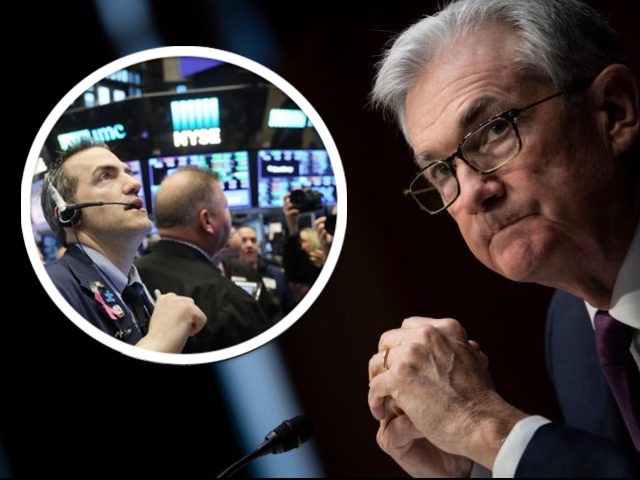Jerome Powell fumbled his first press conference of the year.
Financial conditions have become much easier by almost every metric over the past three months. Equities prices have soared, bond yields have dropped, and mortgage rates are down to the point that homebuilders are sounding optimistic. Financial asset prices imply that the Fed is unlikely to get the federal funds rate above five percent and very likely to cut the benchmark rate later this year.
Powell’s job at Wednesday’s press conference following the Federal Open Market Committee meeting was to deliver a message sufficiently hawkish to discourage this. Modern monetary policy works primarily by influencing financial conditions. When you want the economy to heat up, you use your tools to loosen financial conditions. When you are trying to cool things off, you use your tools to tighten financial conditions. As Powell himself acknowledged on Wednesday, looser financial conditions undermine the Fed’s efforts to bring inflation down to its target.
Powell’s failure was written in the green pixels of the stock tickers on Wednesday. The Nasdaq Composite rose by two percent and the S&P 500 jumped by more than one percent. This violent jolt upward implies that the market is now even more convinced that its view of things will win out over the Fed’s view.
Transitory Disinflation
The principal reason for the loosening of financial conditions is a widespread conviction on Wall Street that inflation will come down much quicker than Fed officials expect and that this disinflation will persuade the Fed to back off from hiking rates above five percent. A secondary reason is the view that the economy is very likely to fall into a recession severe enough to force the Fed to start cutting. So both the optimistic view and pessimistic forecast are seen as supporting higher valuations for financial assets.
Powell was quite insistent that the disinflationists are getting ahead of the facts. He pointed out that while inflation has come down for goods, with several categories even going negative, we have not yet seen the same thing in “core non-housing services.”
“Until we do, we see ourselves as having a lot of work to do,” Powell said. He added that Fed officials expect more persistent inflation in core non-housing services.
The market, however, was not persuaded. Perhaps hearing Powell say the word “disinflation” so many times was enough to convince people that even though the Fed indicated more hikes ahead, the Fed really just has one more before it pauses.

COMMENTS
Please let us know if you're having issues with commenting.